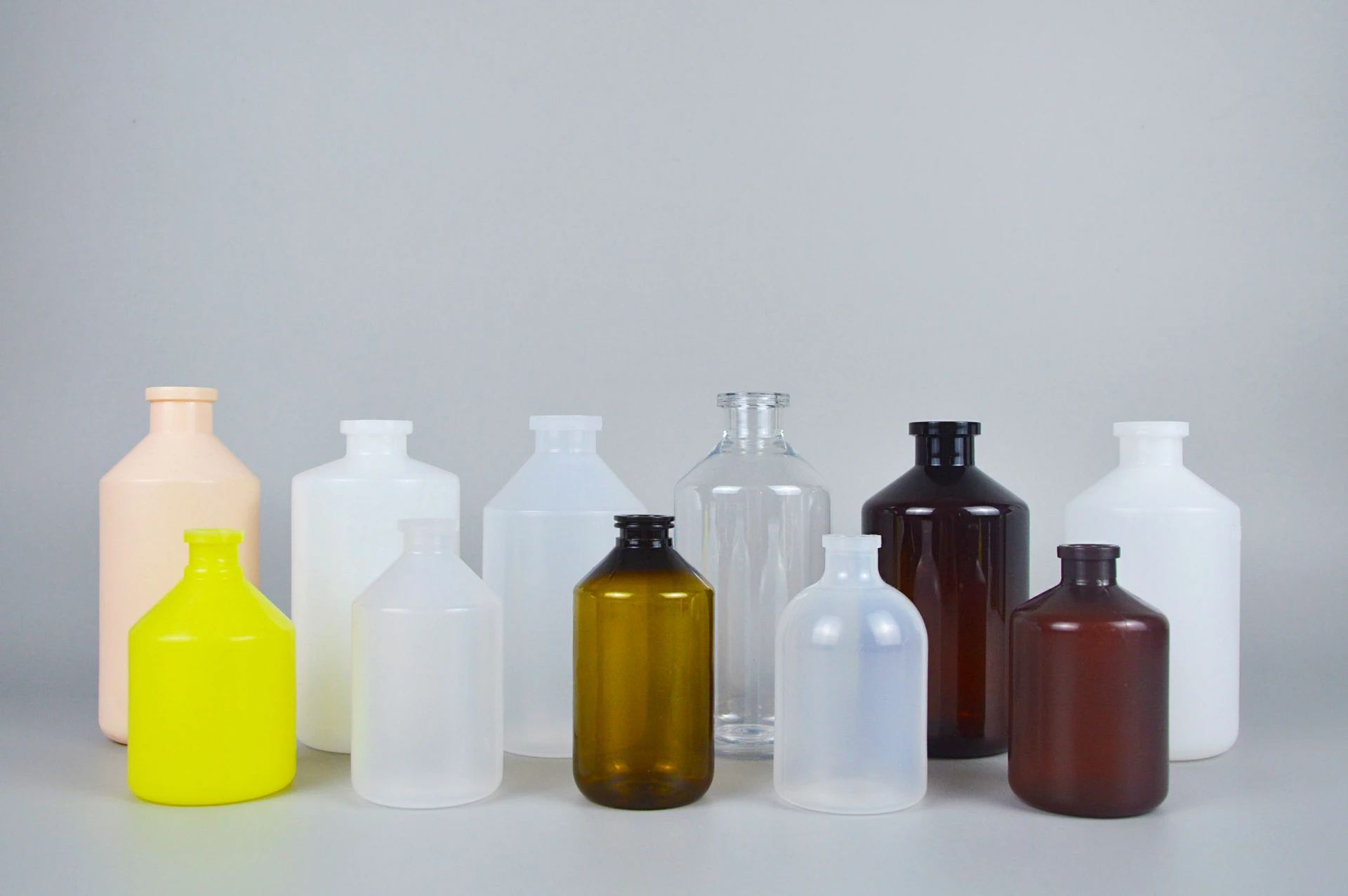what is the test tube used for
What is the Test Tube Used For?
Test tubes are essential tools in laboratories and educational settings, serving a multitude of purposes in scientific research, experimentation, and education. Their simple design—a cylindrical shape made of glass or plastic—allows them to be easily handled, heated, and filled with various substances, making them ideal for many applications.
What is the Test Tube Used For?
In addition to chemical experiments, test tubes are also utilized in biological sciences. They are commonly used for conducting biological assays, culturing microorganisms, and storing samples. For instance, in microbiology, test tubes can be used to grow bacterial cultures in a nutrient broth, providing researchers with vital information about microbial behavior and characteristics. The ability to seal test tubes with stoppers or caps also ensures that samples remain uncontaminated and stable, which is crucial for accurate results.
what is the test tube used for

Furthermore, test tubes play a significant role in education, especially in science classrooms. They provide students with hands-on experience in conducting experiments, fostering a deeper understanding of scientific principles. By engaging in practical activities involving test tubes, students learn about measurements, reactions, and the scientific method. This experiential learning is vital for developing critical thinking and problem-solving skills, which are important in all fields of study.
In addition to their educational and experimental applications, test tubes are increasingly used in medical laboratories for various diagnostic purposes. Blood samples and other bodily fluids are often collected in test tubes for analysis. These tubes are designed to minimize contamination and ensure proper preservation of the samples until they are tested. Different types of test tubes may be used depending on the specific tests required, such as those with additives that promote blood clotting or those designed for plasma separation.
Moreover, the versatility of test tubes has led to their adoption in other fields, such as cosmetics and food testing. In cosmetic formulation labs, test tubes are used to create and test various product formulations. Similarly, in the food industry, they can be utilized for testing food safety and quality, such as detecting contaminants or monitoring fermentation processes.
In conclusion, test tubes are invaluable tools in a wide range of scientific disciplines. From chemistry and biology to education and medical diagnostics, their design and functionality make them ideal for conducting experiments, storing samples, and facilitating learning. The ability to observe reactions and analyze substances in a contained environment highlights the importance of test tubes in advancing scientific knowledge and innovation. As technology evolves, we can expect to see even more innovative applications of this fundamental laboratory instrument.
-
Aesthetic Makeup Spray Bottles | Fine Mist Empty RefillableNewsAug.19,2025
-
White Plastic Veterinary Vaccine Vials | Lab Liquid BottlesNewsAug.18,2025
-
Plastic Medicine Liquid Bottle: Secure Flip Top Drug VialsNewsAug.17,2025
-
Durable 250ml Blue Plastic Vaccine Vial for Lab & Vet UseNewsAug.16,2025
-
Sterile Virus Sample Tubes: Secure & Reliable Specimen CollectionNewsAug.15,2025
-
White 250ml Plastic Vaccine Vial for Lab & Vet MedicineNewsAug.14,2025
























